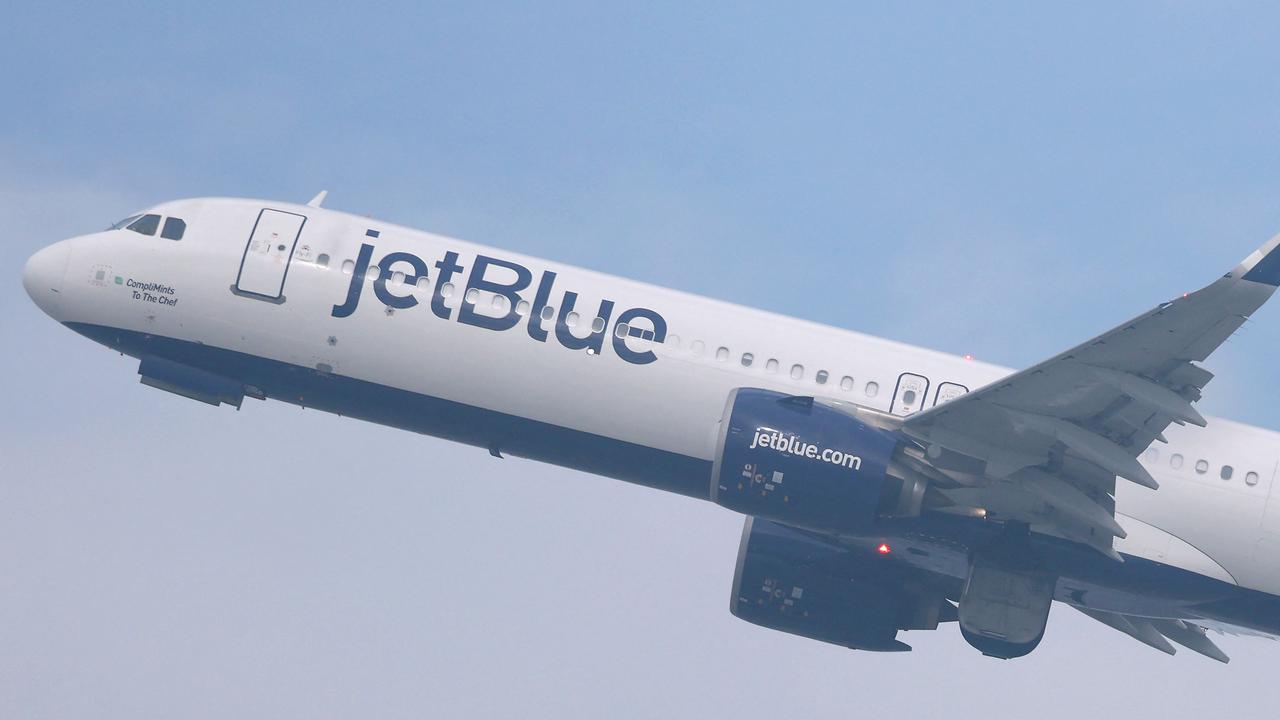Malaysia announces new search for MH370 with Ocean Infinity, promises $112m if ‘substantial discovery’ made
The Malaysian government has made a major announcement on the search for the wreckage of the missing flight MH370.
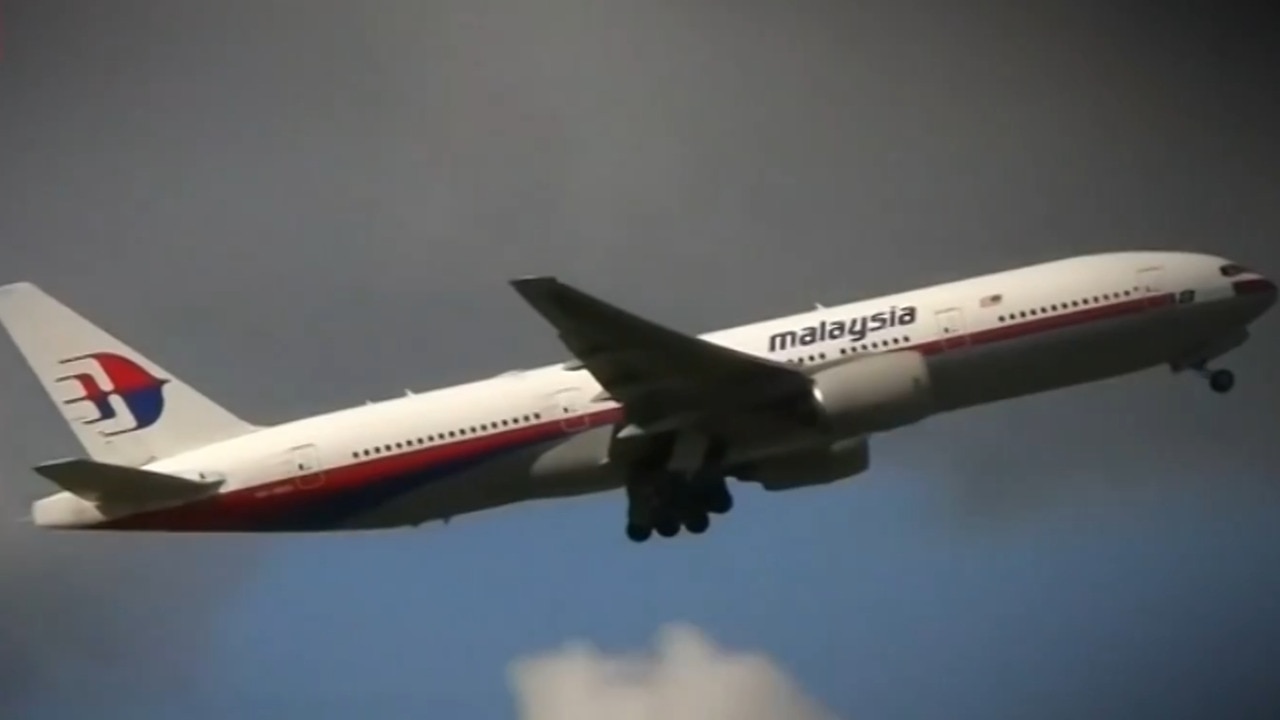
The Malaysian government has announced a renewed search for the wreckage of missing airliner MH370.
Malaysian transportation minister Anthony Loke made the bombshell announcement on Friday, revealing US marine robotics company Ocean Infinity was set to scour the waters of the southern Indian Ocean over an 18-month period.
Mr Loke, speaking at a press conference, said an “in principle” agreement had been reached with the firm last week to search for debris over a 15,000 square kilometre zone.
He said the government would pay Ocean Infinity $112m if a substantial discovery was made.
But he added the contract was structured on a “no find, no fee” basis, meaning the company will not receive payment unless it delivers a discovery.
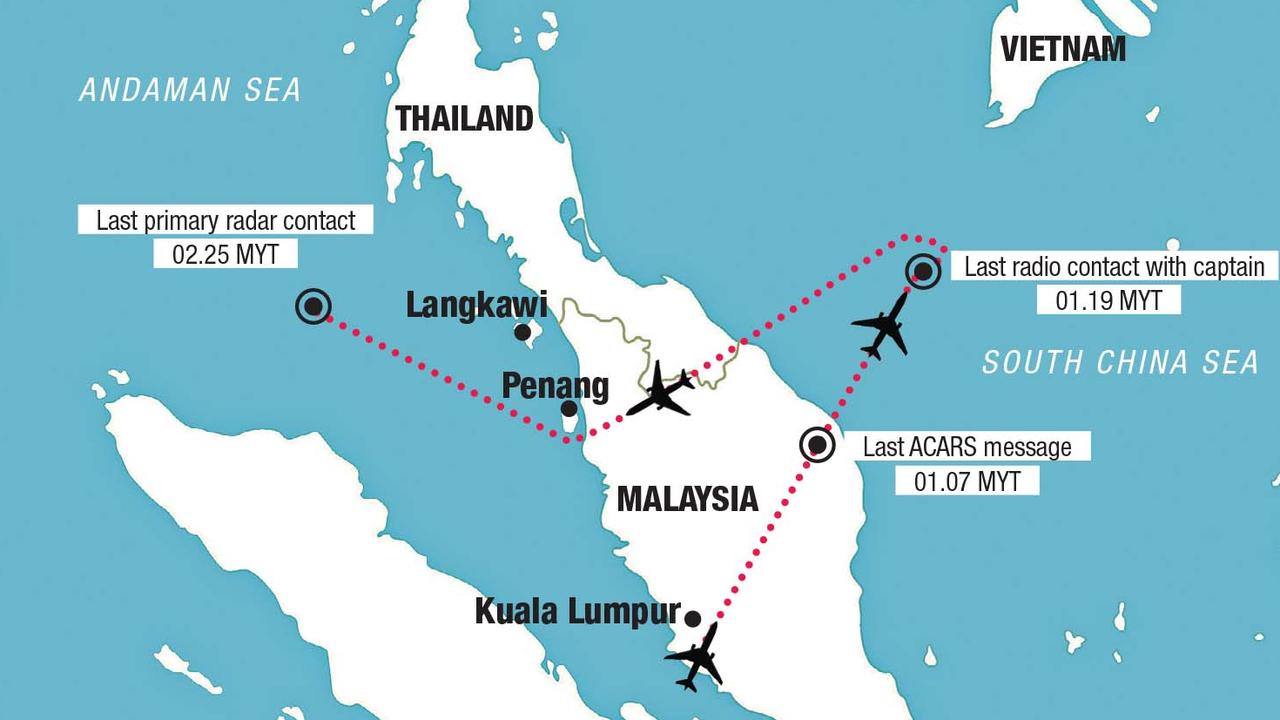
“That (no find, no fee) is the most important principle,” he told reporters.
“Of course there are other terms and conditions.”
“The contract will last for 18 months.”
Flight MH370 disappeared on March 8 in 2014 while flying from Kuala Lumpur to Beijing with 227 and 12 crew on board.
Six Australians were on board MH370: Rodney and Mary Burrows, Robert and Catherine Lawton, Yuan Li and Naijun Gu.
A New Zealand citizen living in Australia, Paul Weeks, was also on the flight.
The Boeing 777 departed the Malaysian capital about 12.45am and disappeared in airspace over the South China Sea.

The Australian Transport Safety Bureau led an initial underwater search for the plane in the southern Indian Ocean between October 2014 and January 2017.
The three-year search operation covered a 120,000 square kilometre zone.
Some debris from the plane has washed up in east Africa and on islands in the Indian Ocean, but the final resting place of the airliner is still unknown.
A haunting mystery has enveloped the flight, with investigators still unsure about what happened.
The aircraft dropped off the radar 38 minutes after takeoff and vanished.

The final recorded message, sent at 1.19am, was from the captain, Zaharie Ahmad Shah, who said: “Good night, Malaysian three seven zero.”
The plane soon diverted back over Malaysia, the opposite direction from the intended flight path.
Primary civilian and military radar data reported the plane travelling back over the Malacca Strait and into the vast Indian Ocean.
After about 7.5 hours, MH370 ran out of fuel and subsequently crashed 11 minutes later into the ocean.
Mr Loke said he hoped the search would find the wreckage and give some closure to the families impacted by the tragedy.
“As far as the Malaysian government is concerned, we think this is another attempt to find MH370,” he said.
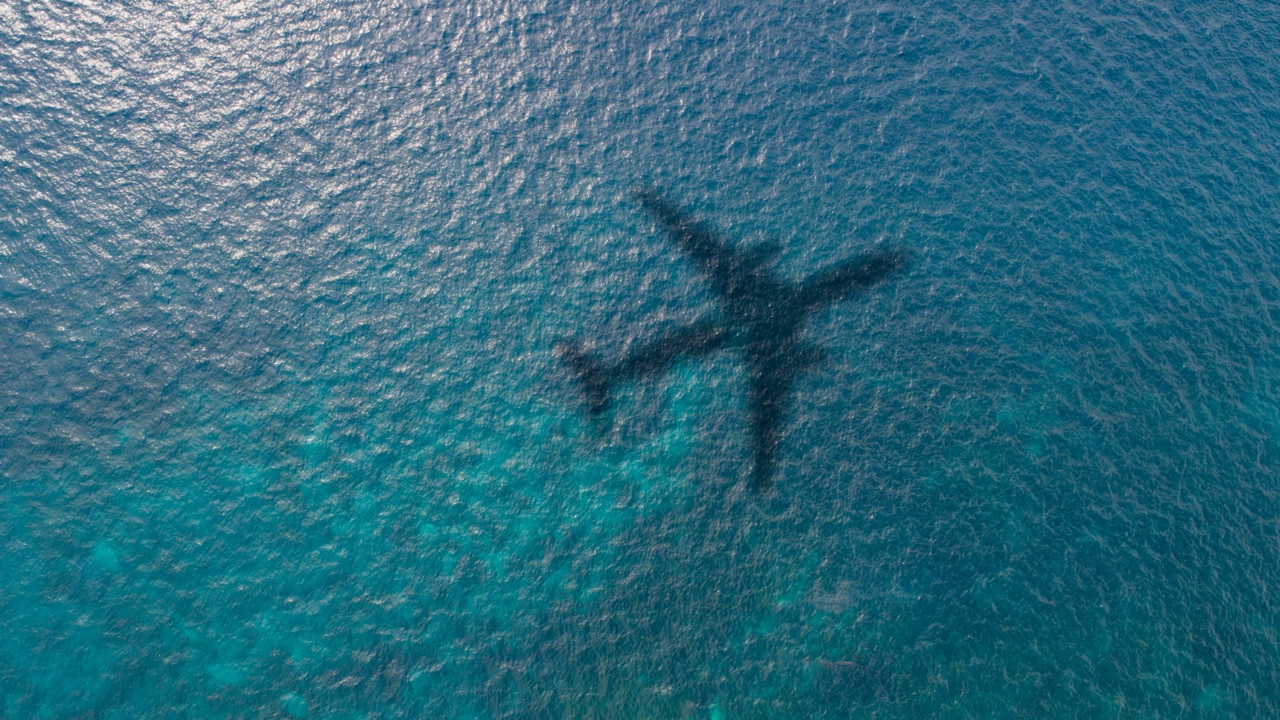
“And it is our responsibility and our obligation and our commitment to the families, and especially the next of kin, that the government will continue this search.”
Final negotiations with Ocean Infinity are ongoing and are expected to be completed in early 2025, Mr Loke said.
Ocean Infinity has spent years searching for the plane.
Mr Loke said the company was acting on “credible” research for the new operation.
“The data has all been presented,” he said.
“Our team has gone through and they felt that it is credible. It has been based on the research on many other experts. Ocean Infinity took into consideration all the findings from the various researchers.”
A 2023 report from researchers Richard Godfrey, Dr Hannes Coetzee, and Professor Simon Maskell suggests the missing aircraft could be located about 1560km west of Perth.
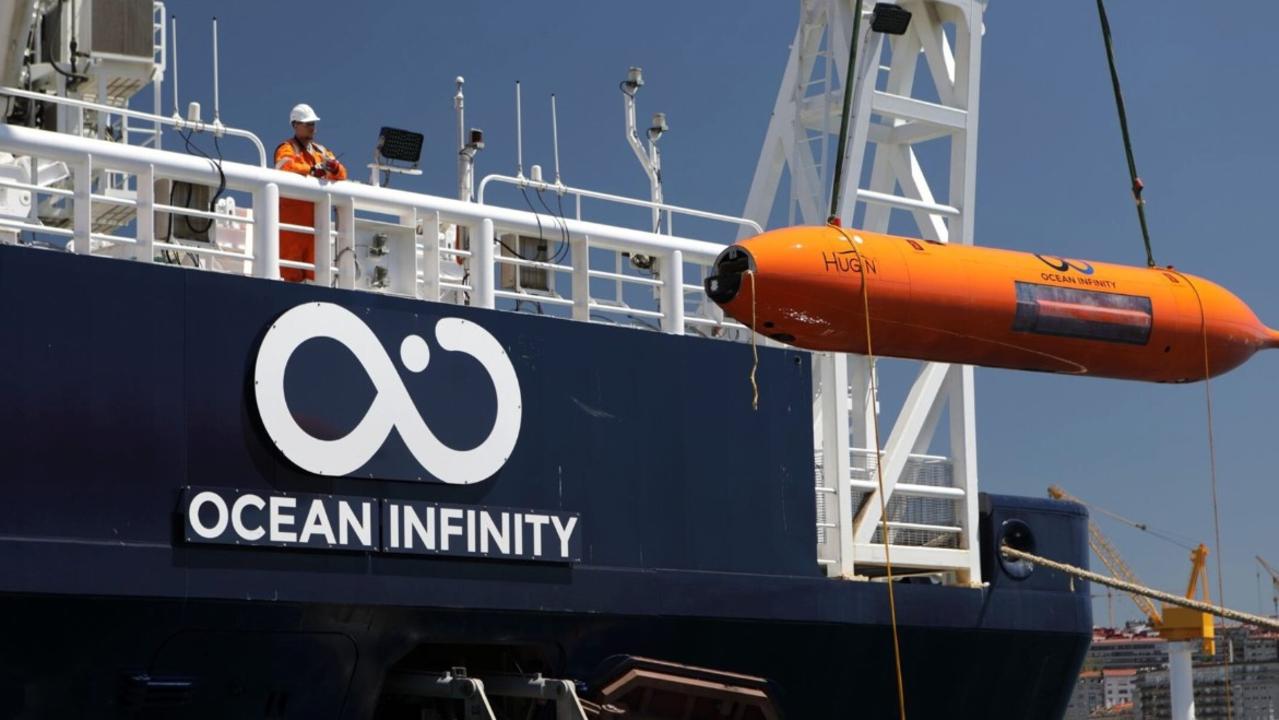
The researchers used weak signal propagation reporter radio technology to develop their assessment.
“This technology has been developed over the past three years and the results represent credible new evidence,” the researchers stated.
“It aligns with analyses by Boeing (...) and drift analyses by University of Western Australia of debris recovered around the Indian Ocean.”
When an aircraft flies through an amateur radio signal, or WSPR link, it disturbs the signals – records of which are stored in a global database.
The study used 125 of these disturbance to help track the plane’s path for more than six hours after one of its last radio contacts about 6pm.

